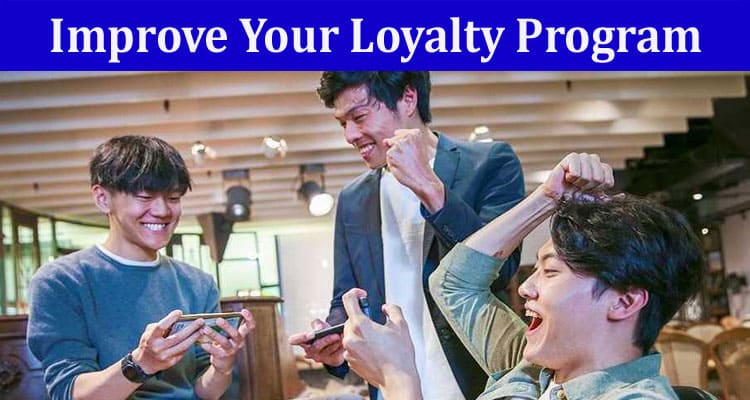Acquiring a new customer costs more than retaining a loyal one, so it’s essential to have a solid loyalty program. Gamification is a great way to make your loyalty program more appealing to customers and improve your bottom line. Incorporating gamification into loyalty programs appeals to your target audience’s natural human competitive and reward-seeking behavior. It can be done through challenges, badges, or milestones.
Reward Points
Gaming elements in your rewards programs can increase engagement and drive customer retention rates. But first, you need to understand what motivates your customers. Many loyalty programs use a simple points mechanic, which could be more engaging and motivating for customers. Other programs use a status system that is very hard to achieve and is only attractive to a small, high-value target group.
This type of loyalty program is called mercenary loyalty and needs to be more sustainable in the long run. Using gamification elements can help your business stand out from other loyalty programs. It can include Milestones, Tiers, and Badges. Milestones are a common feature of gamified loyalty programs, and they can be used to drive up engagement or encourage customers to act as brand ambassadors.
Challenges
Gamification is a great way to drive recurring behaviors and incentivize specific actions while generating engagement beyond transactions. It also encourages community and can help you collect valuable customer data. Rewards based on milestones are a classic gamification strategy that works well for restaurant loyalty programs. Customers will keep visiting your business to reach the next level, so they can redeem their earned reward and start racking up even more points to gain another.
Using milestones in your program will motivate customers to visit more frequently and spend more than they would otherwise, resulting in higher check averages. Moreover, implementing challenges in your loyalty program is a fun and interactive way to thank your customers for their loyalty. Only 44% of loyalty program members report being thanked for their purchases, and a personal touch will make your restaurant stand out from the competition.
Rewards for Referrals
However, loyalty programs work best with referral marketing to increase client acquisition. Referred clients are four times more likely to purchase clients who discover your company through other means. To make your loyalty and referral program even more effective, try incorporating some gamification into it. Rewards for referrals and purchases are already fun, but adding a game element can keep your audience engaged. A common way to reward customers for referrals is by giving them a gift card or discount on their next purchase.
However, this can become expensive quickly and only sometimes works to drive new customer retention. Instead of handing out cash rewards, try giving your referrals a tiered system that rewards them as they bring in more and more new customers. For example, quip (a toothbrush subscription service) offered their users and referred friends bonus referral rewards that increase over time. The company also shows the advocates and their referred friends how many prizes they’ve earned to drive engagement.
Contests
The ability to play games is one of the reasons that many people stay engaged with a brand. It also has a psychological effect on consumers and inspires loyalty. To leverage this, you can create contests for customers to compete with others and win rewards. By offering milestone badges, the company made program participation fun and rewarding.
In addition, the company provided rewards for inviting friends and writing product reviews. Another popular way of gamifying your loyalty program is by incorporating leaderboards or rankings. This strategy effectively promotes engagement and motivates members to return to the brand and compete with others to improve their position on the list. This tactic may be used to advertise in-store events, promote app downloads, and increase website traffic.
Leaderboards
Adding gamification elements can make your loyalty program more engaging for customers. It can also help you gain valuable customer data, such as product references, lifestyle, favorite brands, etc. Leaderboards are a popular gamification feature. They rank participants in a given endeavor by their relative achievement or other comparisons and usually display up-to-the-moment rankings. They can inspire people to compete against their peers or themselves, driving engagement. However, the ranking can become addictive and create an unhealthy sense of competition for some gamers, leading to them sacrificing their health or other aspects of their lives to climb the rankings.
Therefore, designing your gamification program is essential to avoid any negative consequences. Unlike the simple point and status mechanics used by most loyalty programs, which are not very motivating and do not drive long-term engagement, employing gamification to encourage your customers to participate in your program can result in a positive experience for them and your business. The right gamification strategies can help motivate your customers to purchase more often and increase their lifetime value while generating significant rewards for your brand.
Also Read: Write For Us + Football Guest Post: Look At These Guidelines To Write A Unique Guest Post Article!


